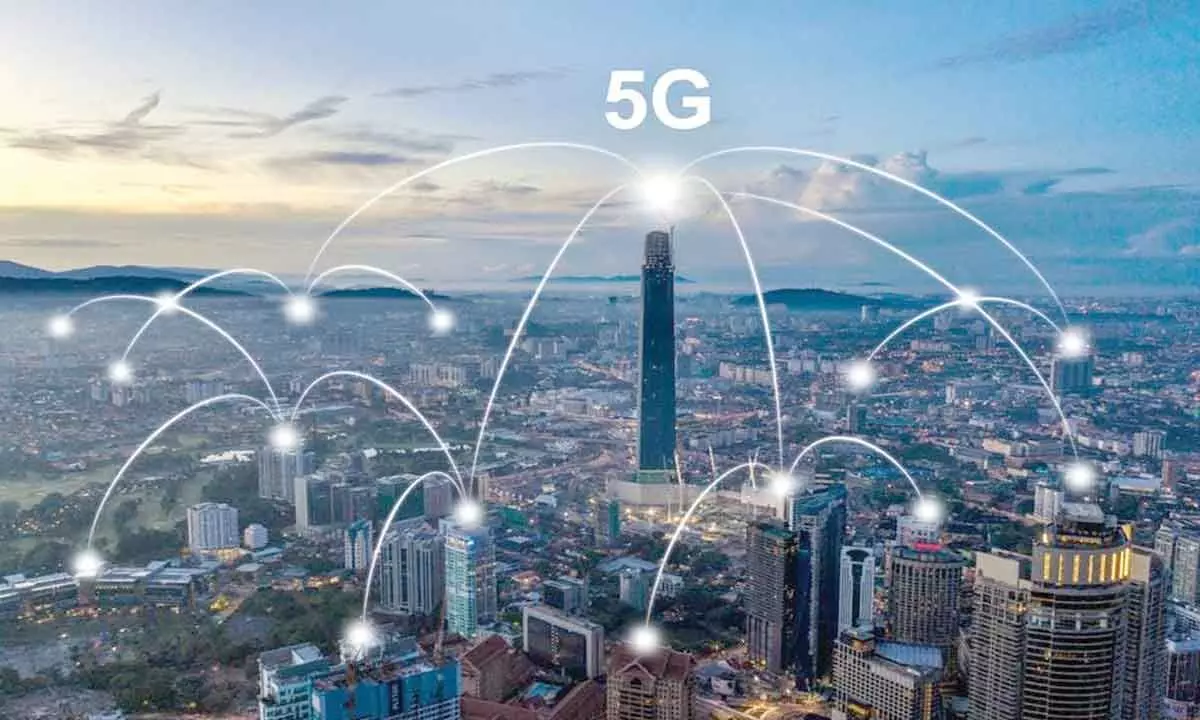How 5G Can Enable Urban Mobility?
The world is getting smaller every year. Although this connection used to be between people, the future of global communication is defined as people-in-everything, which includes transportation. including road safety, traffic rules and traffic signs. Now let's consider how 5G will manage to take urban mobility to a whole new level.
We have gradually gone through four generations of wireless networks, which are getting better and better, as evidenced by the interconnection of the fifth generation. Yes, our lives will become more interconnected than ever before. This is evidenced by the fact that 5G connects doctors to their patients' personal devices, cars to their surroundings, and even gives us access to augmented reality (AR).
That is why it will be interesting to discuss how 5G can make urban mobility better than it has been before.
The Evolution of Networks: Transforming the World
Perhaps the hype today is more about how things will evolve with 5G in 10 years, rather than what it will look like at launch... It's also clear that 5G has enormous potential and a fascinating world of possibilities. However, 4G was also quite interesting in this regard, it allowed us to download high graphic content quickly. Still, fifth-generation wireless networks promise to power self-driving cars and entire smart cities.
5G won't just be 10 times faster than 4G, it will support up to a million devices per square kilometer, which in turn will allow users to transfer vast amounts of data in the blink of an eye.
How 5G Can Enable Urban Mobility?
Car manufacturers and government transportation departments are planning to use the power of 5G to usher in a new era of autonomous vehicles. The goal is to make roads safer and reduce congestion, even with the help of good road markings. Now let's consider how 5G can give us access to urban mobility.
Connected cars
Yes, it's been a long time since paving the roads is not a problem, people have already started thinking about what comfort they can create directly in the car... so now we have to talk about connected cars.
The current 4G network is capable of streaming full HD content and high graphics games online. But it won't really be able to support autonomous or connected cars, as automakers aim for the computer systems in each car to make decisions faster than humans can. This is why Uber's self-driving car failed.
With millisecond latency, network sharding capabilities and high bandwidth, 5G is surely the future of autonomous and connected cars. One of the most popular use cases for 5G will be the sharing of "braking data". If you're driving a connected car and other connected cars in front of you suddenly stop… equipping your vehicle with the ability to predict sudden stops will definitely be the best thing for road safety and your well-being.
However, the sharing of "brake data" over long distances may prove to be futile, as there is a problem of timely delivery of information, which, in turn, may affect road safety. And this area is exactly where 5G and edge computing are winning.
In addition, autonomous vehicles require exceptional data processing capabilities, as their hundreds and thousands of sensors generate unprecedented volumes of data—with current network capabilities, it would take about 230 days to transfer a week's worth of data from one self-driving car.
Such huge volumes can only be managed, processed and analyzed through a network as fast and connected as 5G. Therefore, you can consider it as a guarantee of road safety, although for this, you should not forget that the first stage is the laying of quality roads.
Remote Pilots
While traffic signs and road markings help keep us on the road safely, 5G could bring to life another exciting and crucial safety feature for autonomous vehicles, and that's remote pilots.
For example, in a traffic jam caused by a traffic accident, it is difficult for a self-driving car to navigate the road. Autopilot usually hands over the reins to the driver, who must take responsibility for following traffic signs. However, this can be a problem for an elderly or disabled driver. Road markings alone are definitely not enough for them.
Therefore, to solve this problem, tech companies are trying to introduce a remote pilot feature, where trained drivers who are miles apart
